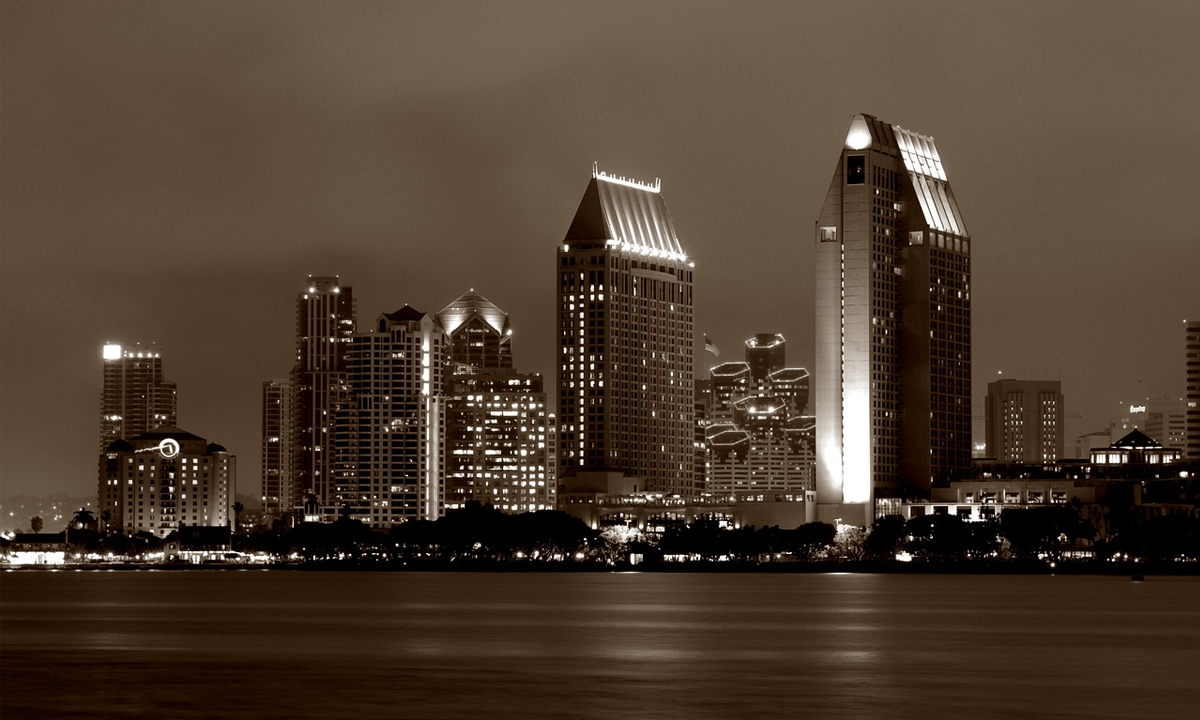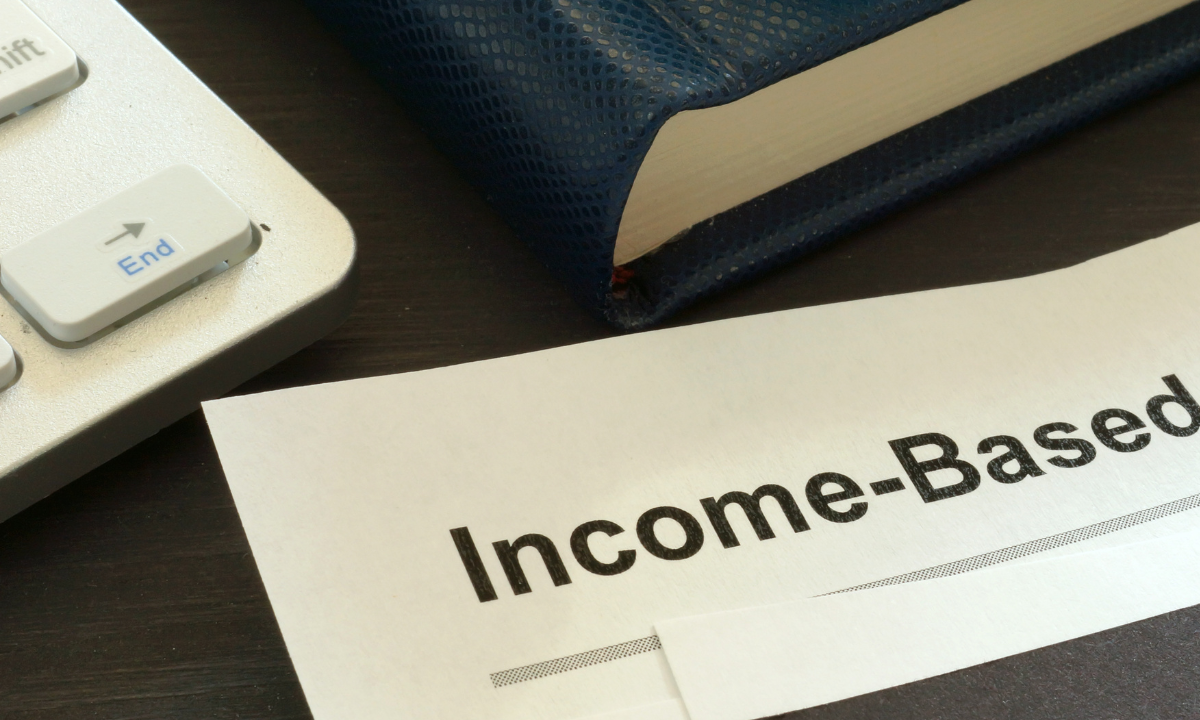California’s Health and Human Services (HSS) Agency recently announced that theme parks will be allowed to resume their usual pre-COVID-19 operations under new guidelines. Unfortunately for San Diego County, SeaWorld and LegoLand will have to wait a bit longer for a return to normalcy.
San Diego County, which gains a tremendous amount of tourism from its parks, is considered too risky for them to reopen. According to HSS’s new requirements, theme parks in California may only reopen once the county they’re located in reaches “Minimal” tier of transmission, meaning its seven day average of new COVID-19 cases in under one per 100,000 and less than two percent of all COVID-19 tests are positive. San Diego County is currently in the “Substantial” tier, with just under seven new cases per 100,000.
LegoLand California President Kurt Stocks was extremely critical of the announcement of continued restriction.
“The Guidance issued today by the state is arbitrary and unacceptable to the industry. Not allowing theme parks to open until Tier 4 will destroy the industry in California and the economic impact to industries that rely heavily on theme parks will be catastrophic,” said Stocks. “The administration’s actions to this point have cost tens of thousands of jobs across the industry, and today’s announcement will all but confirm that thousands more will be lost.”
So egregious was the order to the state’s theme park industry that the California Attractions and Park Association, of which SeaWorld is a member, called the order a “Keep Theme Parks Closed Plan Indefinitely” plan.
The hotel industry has certainly been another casualty for San Diego. California’s seemingly endless lockdown has obliterated any incentive for families to vacation.
According to the San Diego Tourism Authority, 2020 is forecasted to finish with an overall hotel occupancy of 49.3 percent, compared to last year’s average of 76.6 percent. For 2021, it predicts an average occupancy rate of 62.1 percent. Additionally, revenue per room is estimated to be down 50 percent for the final quarter of this year compared to the same quarter last year.
Conventions are one of San Diego’s greatest attractions, but their absence has contributed to the woes of the hotel industry. In an interview with KPBS, Tourism Authority CEO Julia Cocker stated that the loss of 47 conventions has caused the industry to lose $1.2 billion.
“We’ve lost the convention traveler and we’ve also lost the business traveler which has impacted the weekdays. So right now we’re running about 50 percent occupancy, which is significantly less than we traditionally do,” Cocker explained. “Traditionally, right now we would be sold out every weekend. In the fall, we would be running about 80 percent to 100 percent occupancy in our hotel weekdays.”
Of course, the challenges facing the theme park and hotel industries tell only a small fraction of the tremendous damage the pandemic and subsequent lockdowns have done to San Diego. The past seven months have cost our economy $12.4 billion, according to the San Diego Association of Governments. SANDAG estimates that $4.8 billion in wages have been lost and 176,000 people have been left without work in San Diego County alone.
This ongoing crisis hurts every man and woman just as much as it does every business and industry. Our state and local leaders can’t vainly pretend that everything will sort itself as long as we remain patient and indoors—indefinitely.




